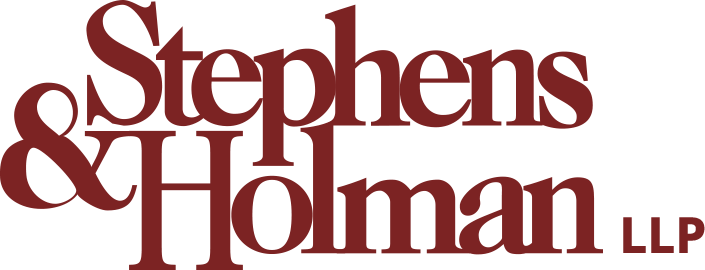British Columbia is one of the world’s top destinations for skiing and snowboarding. Tourists flock to the region for its unparalleled thrills and breathtaking views of renowned resorts and backcountry hills. However, these activities do come with risks. Anyone of any skill level can face life-altering injuries. For those who have been injured in skiing and snowboarding accidents through no fault of their own, understanding the legal landscape is crucial. It’s important to understand when and how a snowboard or ski lawyer can assist in a time of need.
Common Causes of Skiing and Snowboarding Accidents
Accidents on the slopes can happen for various reasons, often leaving victims with serious injuries and uncertain futures. Some of the most common causes include:
Human Error
Skiing and snowboarding require skill, awareness, and respect for others on the slopes. Unfortunately, reckless behaviour, poor judgment, or inexperience can lead to collisions, causing injuries to those who were simply in the wrong place at the wrong time.
Resort Neglect
Ski resorts have a responsibility to maintain safe conditions across trails and facilities. Improperly groomed trails, mismarked hazards, or lack of adequate safety measures could lead to all kinds of accidents.
Faulty Equipment
When equipment fails due to manufacturer defects or improper maintenance by rental providers, serious accidents can occur.
Environmental Hazards
In cases where a resort or proper authorities fail to provide adequate warnings or safeguards regarding weather conditions or marked trails, they contribute to accidents.
Types of Skiing and Snowboarding Injures
Injuries from skiing and snowboarding accidents can range from minor to life-threatening, with long-term consequences for the victim’s health and well-being. Some of the most common include:
Head and Spinal Injuries
Falls and collisions can lead to concussions or traumatic brain injuries (TBIs). Spinal injuries like fractures or paralysis can also occur and may result in permanent disability.
Fractures and Broken Bones
Skiers and snowboarders are especially at risk of breaking arms, legs, and wrists. These injuries could require anything from a standard cast to surgery and extensive rehabilitation.
Soft Tissue Injuries
Torn ligaments, muscle strains, and other soft tissue injuries can be painful and require physical therapy to heal. They may also contribute to chronic pain and limited mobility.
Psychological Trauma
The emotional toll left by an accident shouldn’t be understated. Victims may experience anxiety, depression, or post-traumatic stress disorder as a result of the ordeal.
Legal Considerations for Skiing and Snowboarding Accidents
Following an accident, it’s important for victims to know what legal aspects are at play, such as determining liability, the role of waivers, and potential damages. A snowboard or ski accident lawyer can help you understand these concepts and see how they apply to your specific case.
Determining Liability
A lawyer can help you determine who is legally responsible for the accident, whether it’s another person on the slopes, the resort, or even the manufacturer of the equipment you used. This involves gathering evidence like witness statements, medical records, and expert testimony.
Role of Waivers
Many resorts require guests to sign waivers, acknowledging the inherent risks of skiing and snowboarding. However, these waivers do not always absolve the resort of liability, especially in cases of gross negligence or failure to maintain safe conditions. A signed waiver doesn’t necessarily prevent you from pursuing a claim.
Damages
Victims may be entitled to compensation for various damages like medical expenses and lost wages. Medical documents can support your case and help a lawyer pursue your claim.
You should be aware that if another person on the slopes is responsible for the accident, homeowner’s or tenant’s insurance will cover a successful claim made against that individual.
